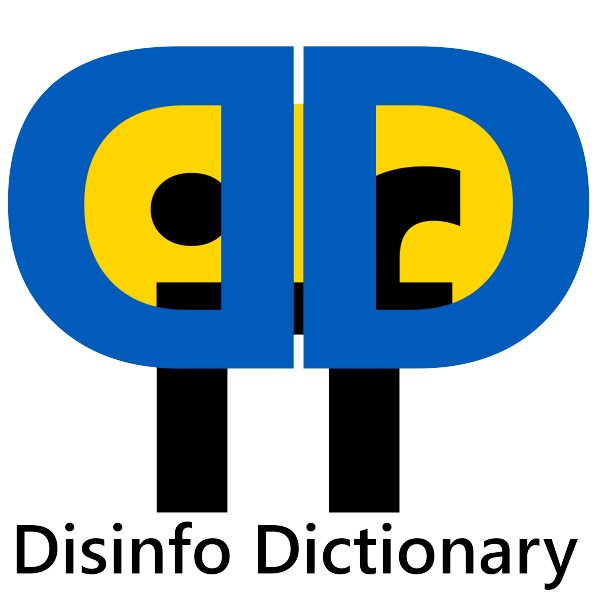87 Proxy war?
Stellvertreterkrieg? Wer stellvertritt wen? Russland sich selbst? Amerika will nicht. Ukraine verteidigt sich.
- Russia directly fights in Ukraine - no proxy involved.
- Ukraine is not a proxy of someone else - and defending against an unprovoked invasion of Russia
87.1 Russia has no proxy and is attacking
In a classic proxy-war, two great powers fight indirectly a war by letting fight two influenced countries. This is not the case in Ukraine: Russia is no great power and it is fighting directly, not via a proxy. Also Russia was not forced to fight, to defend its territory; Russia decided to attack its neighbor for fascist and imperialist reasons. For more on Russia’s war goals see Chapter 85.
87.2 Ukraine is no proxy and is defending
In their statements, Russians assert that Ukraine is not a fully-fledged functional state but is supposedly controlled by “Western curators” who encourage it to wage war against “sister” Russia. Russian diplomats often claim in international forums that Ukraine is not their enemy and that Russia is simply fighting for the interests of its people. The Kremlin portrays the Ukrainian government as a “pawn” in the confrontation between Russia and the West, hinting that Moscow will not negotiate with Kyiv as an independent player.
From the very beginning of the full-scale invasion, NATO has made it clear that it will not participate directly in the combat operations. Recently Jens Stoltenberg has confirmed this principle: “NATO is not a party to the conflict and NATO will not be a party to the conflict. But NATO is providing support to Ukraine to help them defend themselves”.1 This is why an early request to “close the sky” over Ukraine was not supported because it would mean NATO’s involvement. By propagating the myth about a proxy war, Russia seeks to legitimize its unprovoked full-scale attack on Ukraine. It shifts the blame to the West, portraying Russia as a victim of NATO aggression. Supposedly, Ukraine cannot fight against Russia independently and is just a testing ground for NATO’s weapons and combat operations.
Ukraine’s successes in defending itself during the first months of the full-scale Russian invasion are a testament to its resilience and capability. Despite overwhelming odds and initial skepticism from international observers, Ukraine managed to repel numerous advances, primarily using its own weapons as Western leaders delayed supplying arms, expecting Ukraine to fall.2 Putin’s goal is to push Ukraine’s partners towards dialogue in order to solidify the territories Russia has managed to annex since the onset of the invasion and cement this status quo. Furthermore, Putin expects that his statements regarding confrontation with Western countries will serve as an ideological basis for continuing the war and justify the enormous losses suffered by the occupiers on the front lines in Ukraine. In reality, NATO reaffirms that the Alliance does not seek confrontation with Russia and only supports Ukraine in its right to self-defense.3
Press conference by NATO Secretary General Jens Stoltenberg following the meetings of NATO Ministers of Foreign Affairs in Brussels. (2024, April 5). NATO. Retrieved May 1, 2024, from https://www.nato.int/cps/en/natohq/opinions_224174.htm↩︎
(2022, February 25). Kyiv could fall to Russian forces within days, U.S. officials warn. CNN. [https://edition.cnn.com/2022/02/25/politics/kyiv-russia-ukraine-us-intelligence/index.html](https://edition.cnn.com/2022/02/25/politics/kyiv-russia-ukraine-us-intelligence/index.html)↩︎
De-bunking Russian disinformation on NATO. (2024, January 12). NATO. Retrieved May 1, 2024, from https://www.nato.int/cps/en/natohq/115204.htm↩︎

